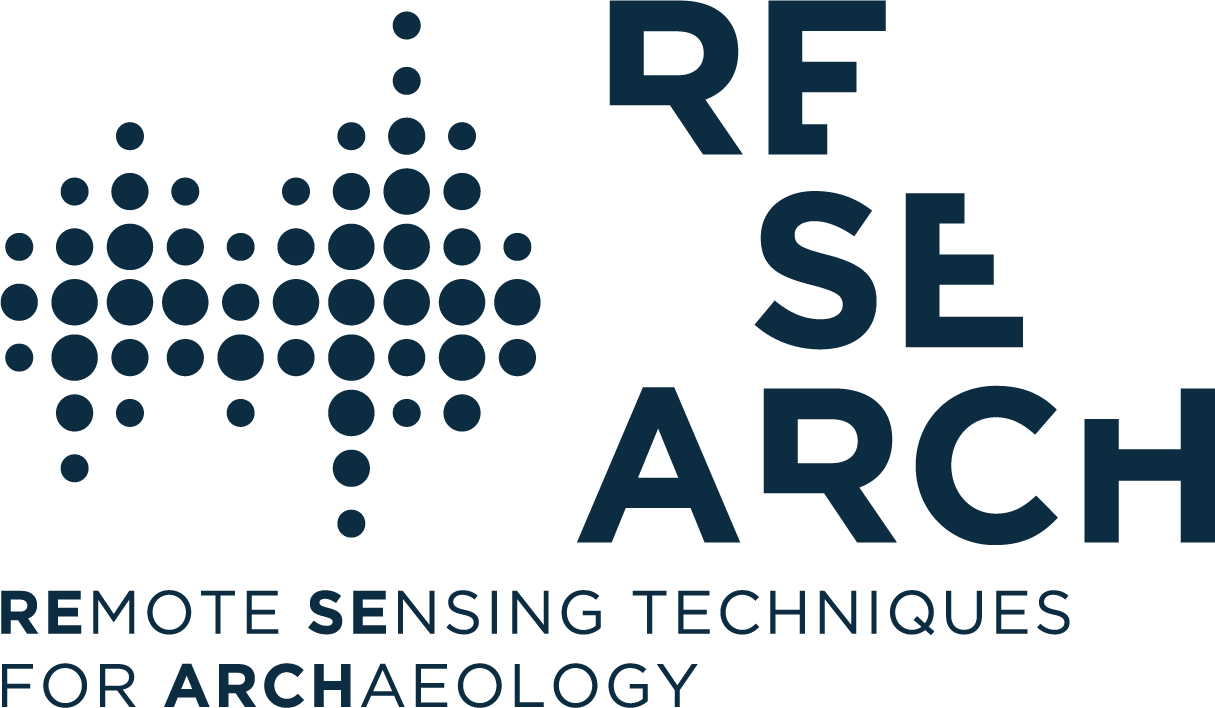Climate change is one of the most important and urgent problem facing us today, with implications for natural and societal systems including landscape and cultural heritage preservation. Thanks to climate models based on current and past climate in Europe, over the last decade, attempts have been made to identify the main threats from climate change, including the ones to historical and archaeological remains, whose preservation is strictly connected to atmospheric phenomena and to their interaction with soil, whether they are standing or still buried underground.
Standing monuments, being exposed to the open air, interact directly with atmospheric phenomena, temperature changes and wind. A temperature change of few degrees already affects building materials, such as wind, that can provoke erosion of façade, contribute to the proliferation of vegetation by transporting seeds, and increase the leverage effect of trees growing on ancient structures. Mostly in case of abandon, in fact, structures are also predisposed to the attack of uncontrolled vegetation growth, that can lead to a weakening of the structure due to root penetration.
On its part, soil is a very dynamic system which performs many functions that have a key role in human activities and in the survival of ecosystems. Among those, there is also a cultural function, recognizing the protective role of soil, considered as archive of historical and archaeological heritage and as a fundamental part of landscape. In normal conditions, buried archaeological structures and artifacts are preserved underground because they have reached a balance with the hydrological, chemical and biological processes of soil. Depending on the nature and the health of soil, and the different chemical composition of archaeological materials, soil can impact on archaeological evidence with both chemical and physical processes. Changes in soil parameters, today increased by climate change, may result in a poorer level of survival of some sensitive classes of materials, stratigraphy and buildings. Physical and/or mechanical damages to buried structures and earthworks can also be produced by natural phenomena, such earthquakes, floods, landslides, soil erosion, as well as by an unplanned vegetation growth. Moreover, also human activities on soil can strongly damage archaeological remains, as instance by intense agricultural activity and urban sprawl.
For all these reasons it is of paramount importance, today more than ever, to carry on research in this field and to design effective risk assessment methodology, to be promoted among public authorities responsible for the protection and management of private and public archaeological heritage, in order to increase the awareness on the topic, and design and apply good practices of risk management.
Risk Assessment
Risk can be technically defined as the product of three factors: hazard, exposure and vulnerability.
